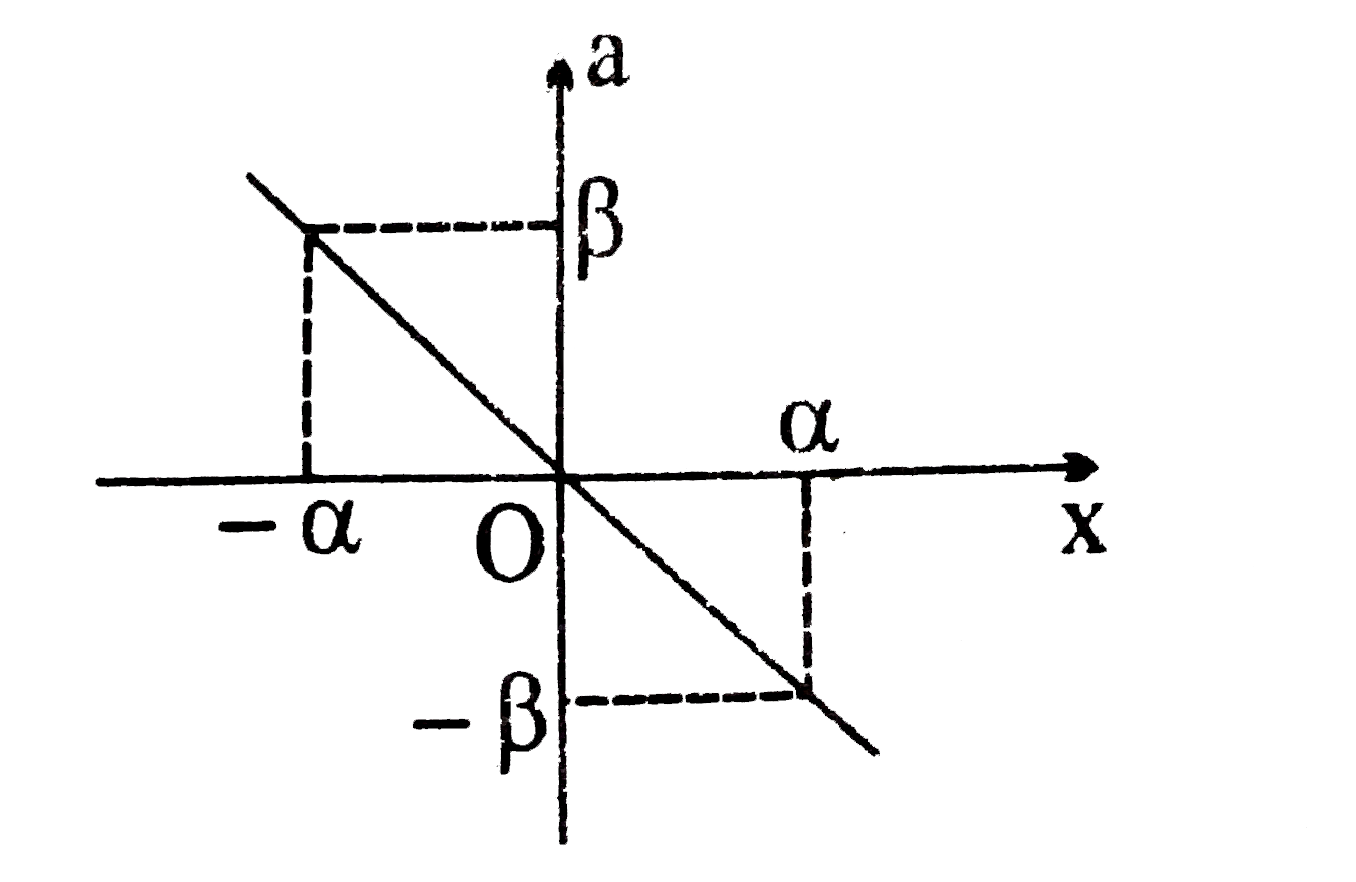A particle executes simple harmonic motion. Its instantaneous acceleration is given by a=−px, where p is a positive constant and x is the displacement from the mean position. Find angular frequency of oscillation.
Comparing with a=−ω2x
ω2=p
∴ω=√p
Similar Questions
For a particle executing simple harmonic motion, find the distance from the mean position at which its potential and kinetic energies are equal.
View SolutionFor a particle executing simple harmonic motion, the displacement from the mean position is given by y=asin(wt), where a, w are constants. Find the velocity and acceleration of the particle at any instant t.
View SolutionThe equation of motion of a particle executing S.H.M. is a = - bx , where a is the acceleration of the particle, x is the displacement from the mean position and b is a constant. What is the time period of the particle ?
View SolutionA particle moving along the X-axis executes simple harmonic motion, then the force acting on it is given by where, A and K are positive constants.
View SolutionThe velocity of a particle in simple harmonic motion at displacement y from mean position is
View SolutionA particle executes simple harmonic motion. Its instantaneous acceleration is given by a = - px , where p is a positive constant and x is the displacement from the mean position. Find angular frequency of oscillation.
View SolutionA particle moving along the X-axis executes simple harmonic motion, then the force acting on it is given by where, A and K are positive constants.
View SolutionThe acceleration-displacement (a−X) graph of a particle executing simple harmonic motion is shown in the figure. Find the frequency of oscillation.

View Solution
